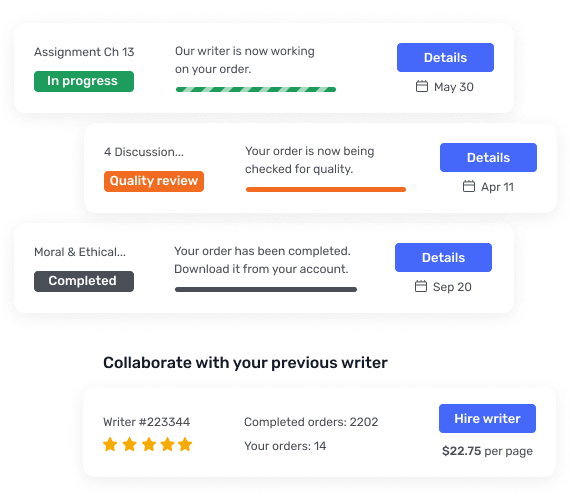Writer’s choice
Week 10: Distributed Intelligence
[S]warm intelligence is now being used by some people in surprising and innovative ways. Companies are being set up to run by swarm intelligence. Computer programs are using it in a radical approach to problem solving. There is even an annual event, Swarmfest, where scientists swarm together to discuss new applications of swarm intelligence.
—Fisher (2009)
Collective intelligence, distributed intelligence, or swarm intelligence are terms that have virtually the same meaning and is the collective behavior that emerges from a set of social insects, according to Bonabeau and Meyer (2001). Swarm intelligence has been primarily thought of, not in human terms, but rather in insects and other social animals—even robots. Essentially, swarm intelligence is some sort of collective behavior that emerges from a set of agents, whether the agents are insects; predator sharks or wolves; apes; or people when embedded in a large group.
This week, you explore principles and concepts in the emerging field of distributed intelligence, with applications to leadership and management.
Learning Objectives
This week, you will:
Analyze the effects of distributed intelligence on organizational learning
Skills
You will develop the following skills:
Distributed thinking
Learning Resources
Note: To access this week’s required Harvard Business Review resources, select the article link and navigate to the relevant article or go back to Blackboard and select Harvard Business Articles from the course navigation menu.
Recommended Readings
Bonabeau, E., & Meyer, C. (2001). Swarm intelligence: A whole new way to think about business. Harvard Business Review, 107–114.
Uhl-Bien, M., & Marion, R. (Eds.). (2008). Complexity leadership, part 1: Conceptual foundations. Charlotte, NC: Information Age.
Chapter 9, “Emergent Strategy Via Complexity Leadership: Using Complexity Science and Adaptive Tension to Build Distributed Intelligence” (pp. 225–268)
Recommended Media
Shirky, C. (2009). How social media can make history [Video file]. Retrieved from https://www.ted.com/talks/clay_shirky_how_cellphones_twitter_facebook_can_make_history
Note: The approximate length of this media piece is 16 minutes.
Tapscott, D. (2012). Four principles for the open world [Video file]. Retrieved from https://www.ted.com/talks/don_tapscott_four_principles_for_the_open_world_1
Note: The approximate length of this media piece is 18 minutes.
Final Project Component: Section 8—Summary and Conclusion
This week, you finalize all sections of your Consultancy Report for the executive leadership of your selected organization. Review the Final Project Template for proper APA formatting and details for this week’s Assignment. Be sure to include the revised content based on your Instructor’s feedback. Complete the following:
Include an abstract of your report in the opening pages. Be sure to relate the project to Walden’s mission of positive social change.
Include a summary after your report is complete that summarizes the Final Project and findings in one or two paragraphs. Be sure to relate Walden’s mission of positive social change to your concluding thoughts.
Provide any other concluding remarks on your work for the organization.



